If you’re a MySql Workbench user looking to harness the full potential of ER diagrams in MYSQL, you’ve come to the right place. In this comprehensive guide, we’ll walk you through the process of exporting ER diagrams from MySql Workbench, empowering you to effectively visualize and analyze your database structures. With our step-by-step instructions and expert tips, you’ll soon be mastering the art of exporting ER diagrams like a pro
You can also watch the video to learn how to generate and export an ER Diagram from MySQL Workbench.
Understanding the Importance of ER Diagrams in MYSQL
ER diagrams play a crucial role in MYSQL database management, providing a visual representation of the relationships between entities. This comprehensive guide will help you grasp the significance of ER diagrams and how they contribute to effective database design.

In this article, we delve into the fundamentals of ER diagrams and explore their benefits in MYSQL. Gain a clear understanding of how ER diagrams simplify complex data structures, enhance data integrity, and streamline database management processes.
Discover how ER diagrams aid in conceptualizing database schemas, identifying entity relationships, and optimizing query performance. Learn how these diagrams act as a communication tool, facilitating collaboration among developers, designers, and stakeholders.
Whether you’re a database administrator, developer, or aspiring data professional, understanding ER diagrams is crucial for efficient MYSQL database management. Unlock the power of ER diagrams and take your database design skills to new heights.
What is MySQL Workbench?
MySQL Workbench is a powerful visual tool designed for database developers, administrators, and designers. It provides a comprehensive set of features and functionalities to facilitate database development, modeling, and administration tasks. One of the key features of MySQL Workbench is its ability to create and manage ER diagrams.
ER diagrams, also known as Entity-Relationship diagrams, are graphical representations of database structures. In the context of MySQL Workbench, ER diagrams allow users to visually design and visualize the relationships between entities in their databases. ER diagrams help users understand the database schema, identify entity relationships, and optimize the design and performance of their databases.
Additionally, MySQL Workbench offers features such as reverse engineering, which allows users to generate an ER diagram from an existing database. This functionality is particularly useful for understanding and documenting the structure of an existing database system.
Overall, MySQL Workbench is a valuable tool for working with databases, and its support for ER diagrams empowers users to visualize and manage the complex relationships within their databases effectively.
Exporting ER Diagrams from MySql Workbench: Step-by-Step Guide
Exporting ER diagrams from MySql Workbench is a valuable skill that allows you to share and document your database structures effectively. In this step-by-step guide, we will walk you through the process of exporting ER diagrams from MySql Workbench, ensuring that you can effortlessly generate high-quality diagrams for your projects.
To download MySql Workbench software from the official site, visit https://dev.mysql.com and follow the instructions to download and install the latest version of MySql Workbench for your operating system.
STEP 1
Open the MySql Workbench application on your computer.

Connect to the database for which you want to export the ER diagram. Enter the necessary connection details, including the hostname, port, username, and password.

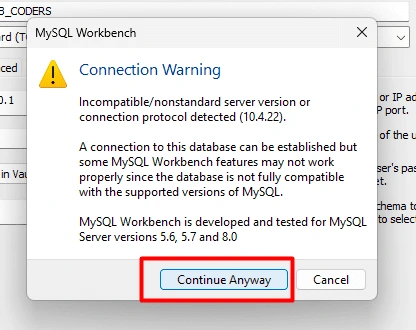

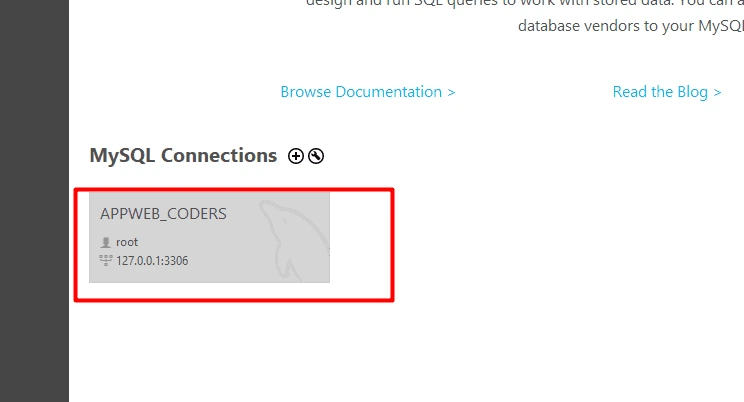
STEP 3
Once connected, navigate to the “Database” menu and select “Reverse Engineer.” This will open the Database Modeling Tool

Make Sure the XAMPP Server is UP and running
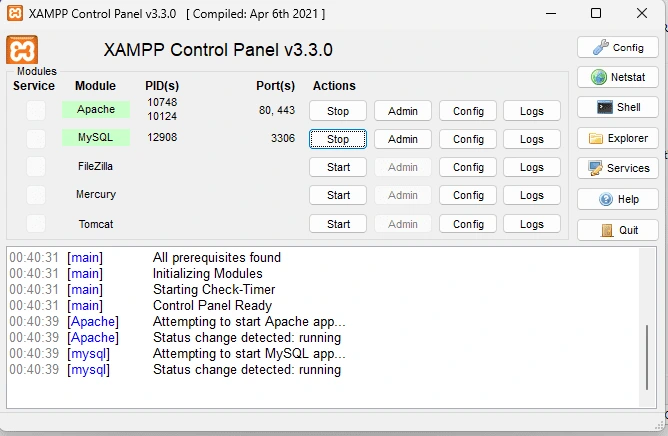

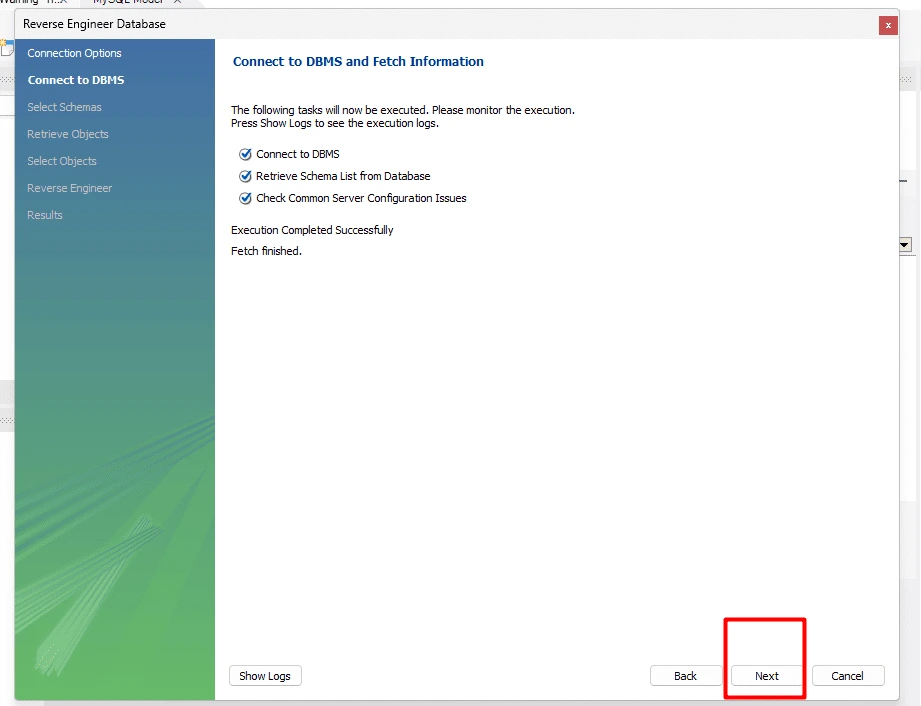

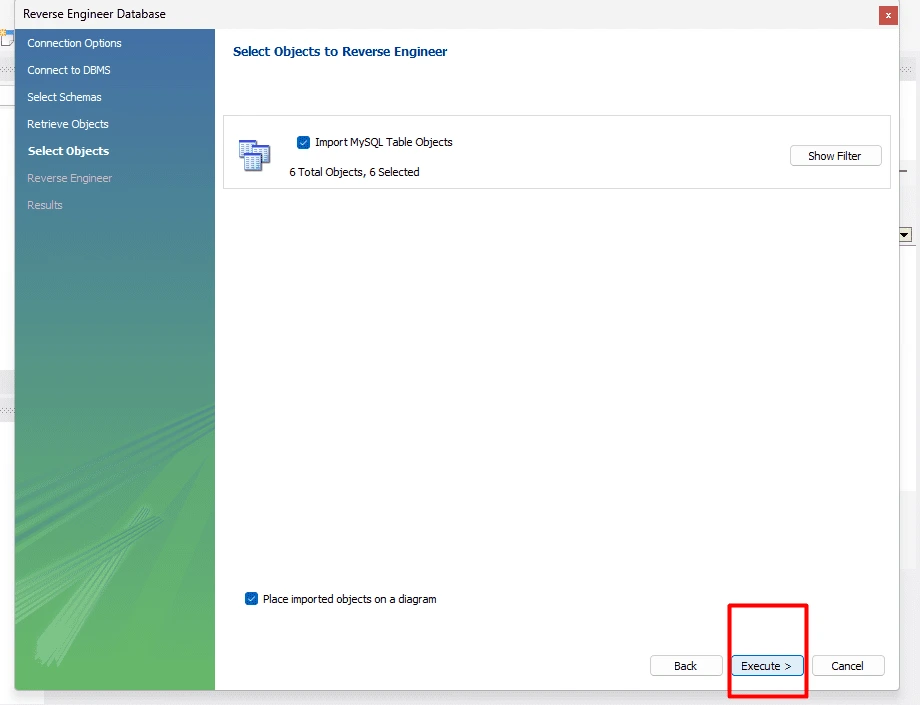
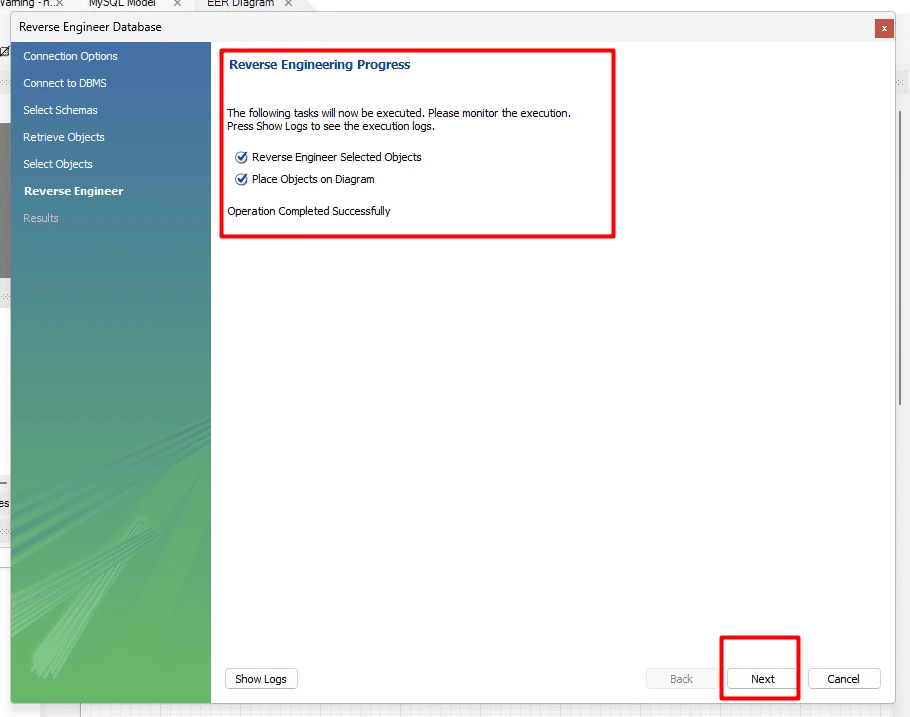

FINAL STEP
ER Diagram is ready
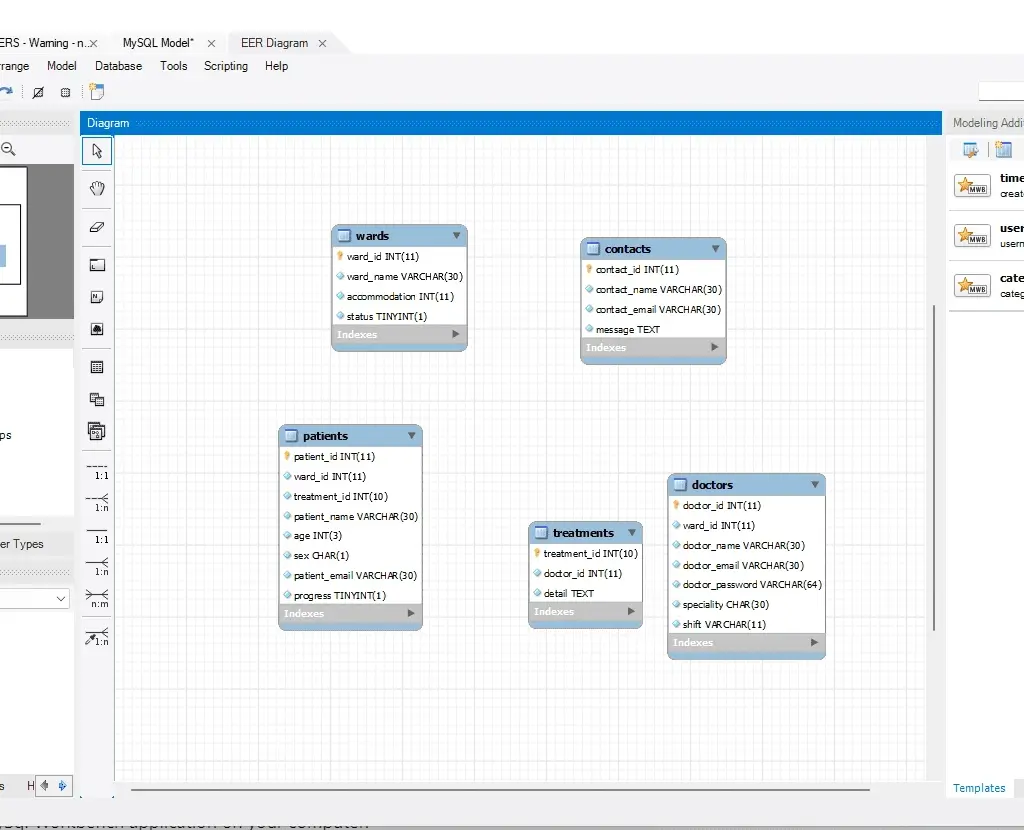
With MySQL Workbench’s ER diagram capabilities, users can create and modify entities, define attributes and their data types, establish relationships between entities, and enforce referential integrity constraints. The tool provides an intuitive interface for designing and customizing ER diagrams, allowing users to easily add, remove, and modify entities and relationships.
Export ER Diagram into PDF File
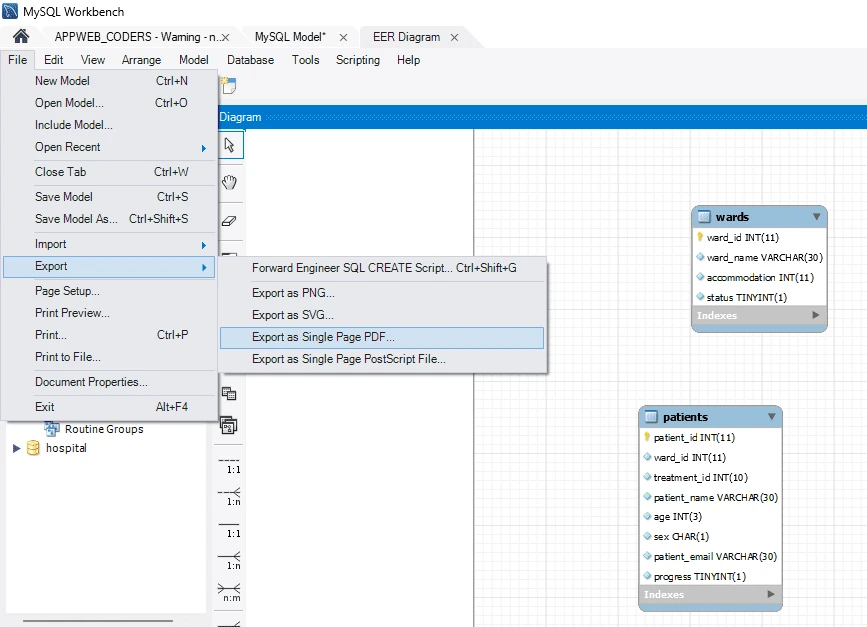
Benefits of ER Diagrams in MYSQL
ER diagrams offer numerous benefits in MYSQL database management, providing a clear visualization of the relationships between entities. Here are some key advantages of utilizing ER diagrams:
Visual Representation:
ER diagrams present a graphical representation of the database structure, making it easier to understand complex relationships. The visual format enhances comprehension and aids in identifying entity connections at a glance.
Database Design:
ER diagrams serve as a foundation for database design. They help in conceptualizing and planning the structure of a database by illustrating entities, attributes, and their relationships. This facilitates the creation of a well-organized and efficient database schema.
Data Integrity:
ER diagrams promote data integrity by showcasing the relationships and constraints between entities. They assist in enforcing referential integrity and ensuring that data remains consistent and accurate throughout the database.
Query Optimization:
Understanding the relationships between entities enables developers to optimize database queries. ER diagrams help identify the most efficient paths to retrieve data, minimizing query complexity and enhancing query performance.
Collaboration and Communication:
ER diagrams act as a visual communication tool between developers, designers, and stakeholders. They facilitate effective collaboration by providing a shared understanding of the database structure, allowing for easier discussion and decision-making.
Database Documentation:
ER diagrams serve as valuable documentation of the database schema. They provide a comprehensive overview of the relationships, attributes, and constraints, making it easier to maintain and modify the database in the future.
Database Maintenance and Troubleshooting:
ER diagrams assist in database maintenance tasks, such as identifying dependencies and analyzing the impact of changes. They aid in troubleshooting by visualizing the relationships between entities and helping diagnose and resolve issues efficiently.
Scalability and Scalable Growth:
ER diagrams enable database administrators to plan for scalability. By understanding the relationships between entities, it becomes easier to accommodate future growth and incorporate new entities into the database structure seamlessly.
In summary, ER diagrams in MYSQL offer significant benefits such as improved database design, enhanced data integrity, query optimization, collaboration, documentation, maintenance support, and scalability. Incorporating ER diagrams into your database management practices can greatly enhance your ability to manage and optimize your MYSQL databases effectively.


Add a Comment